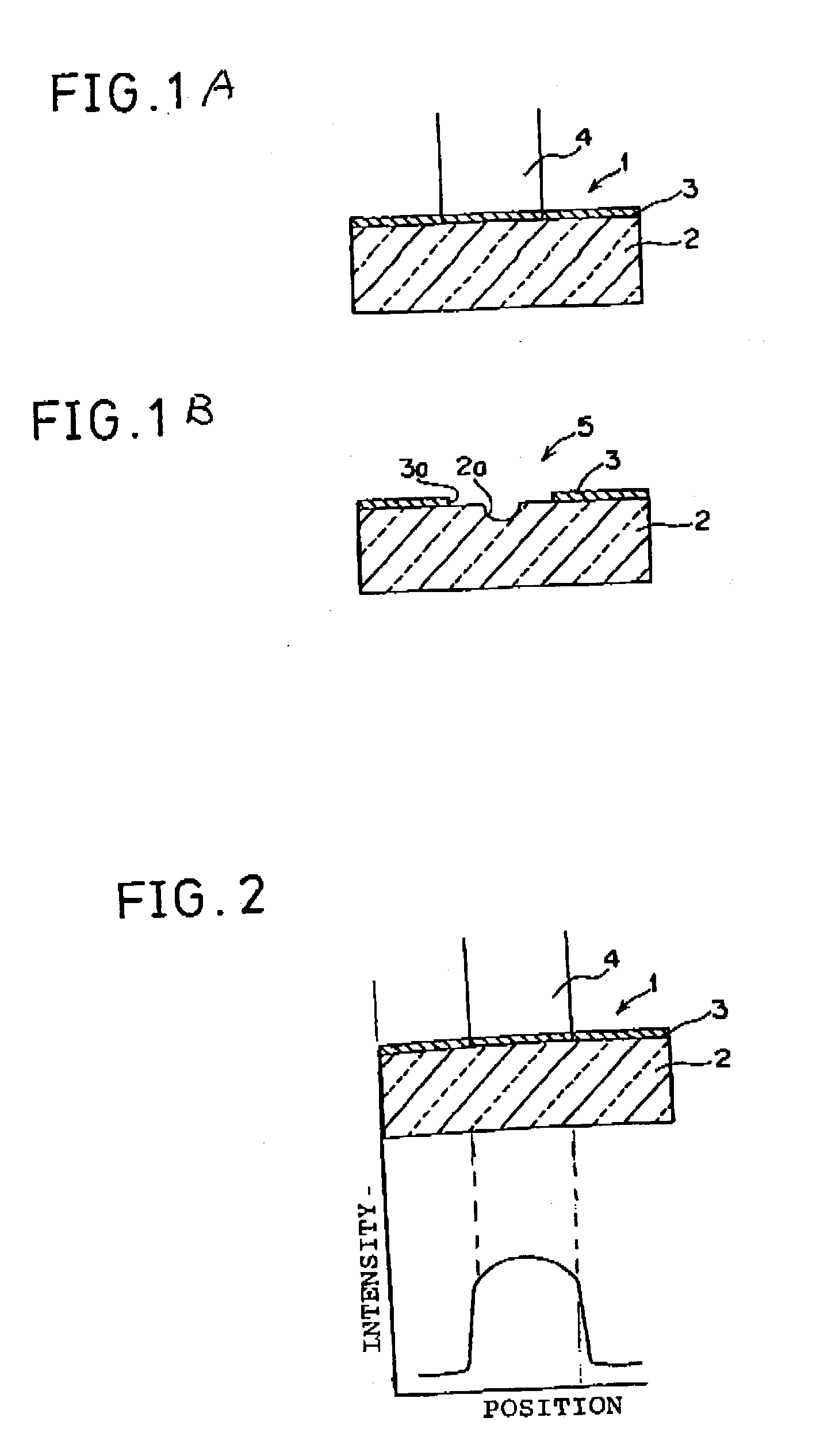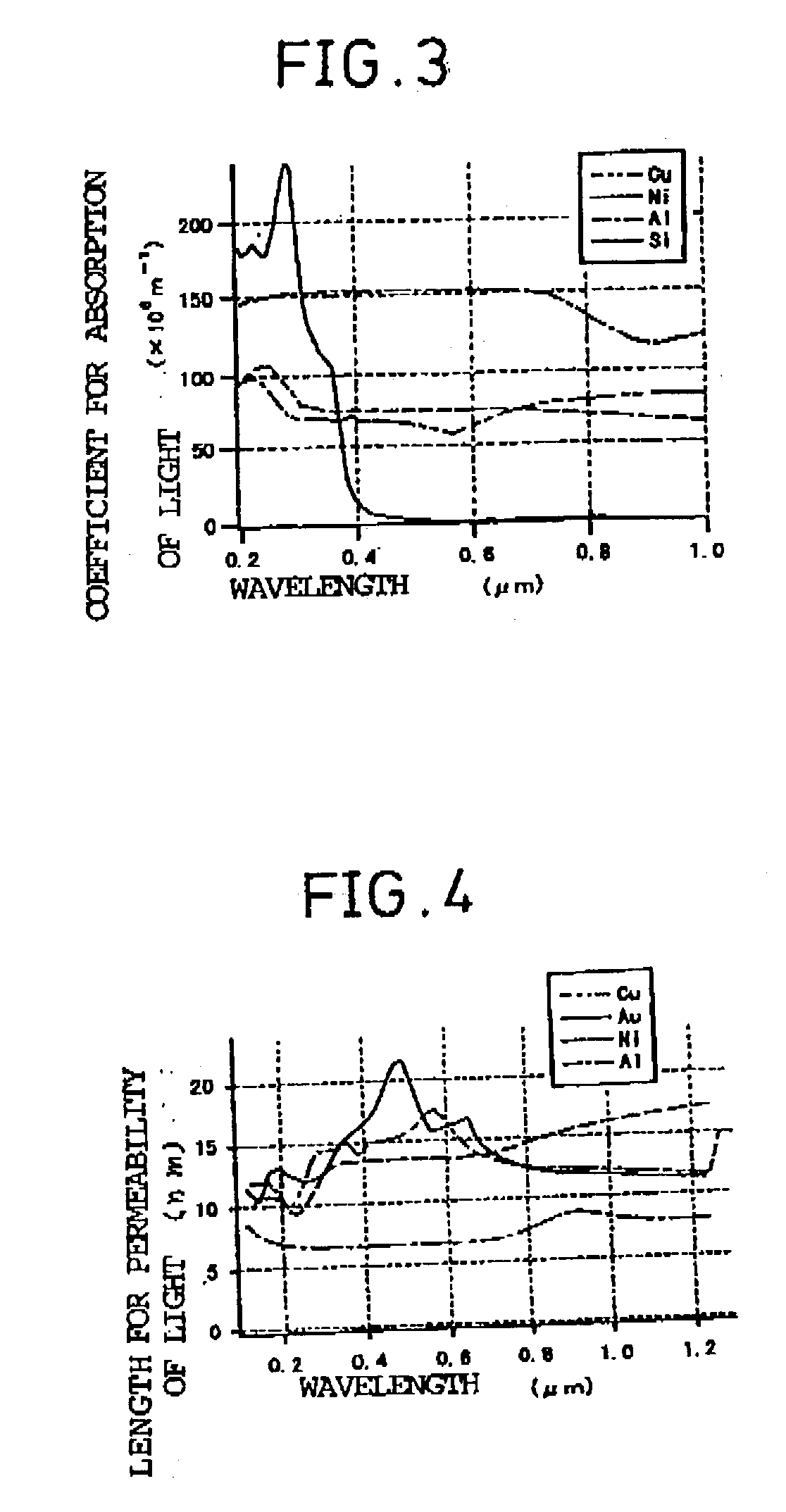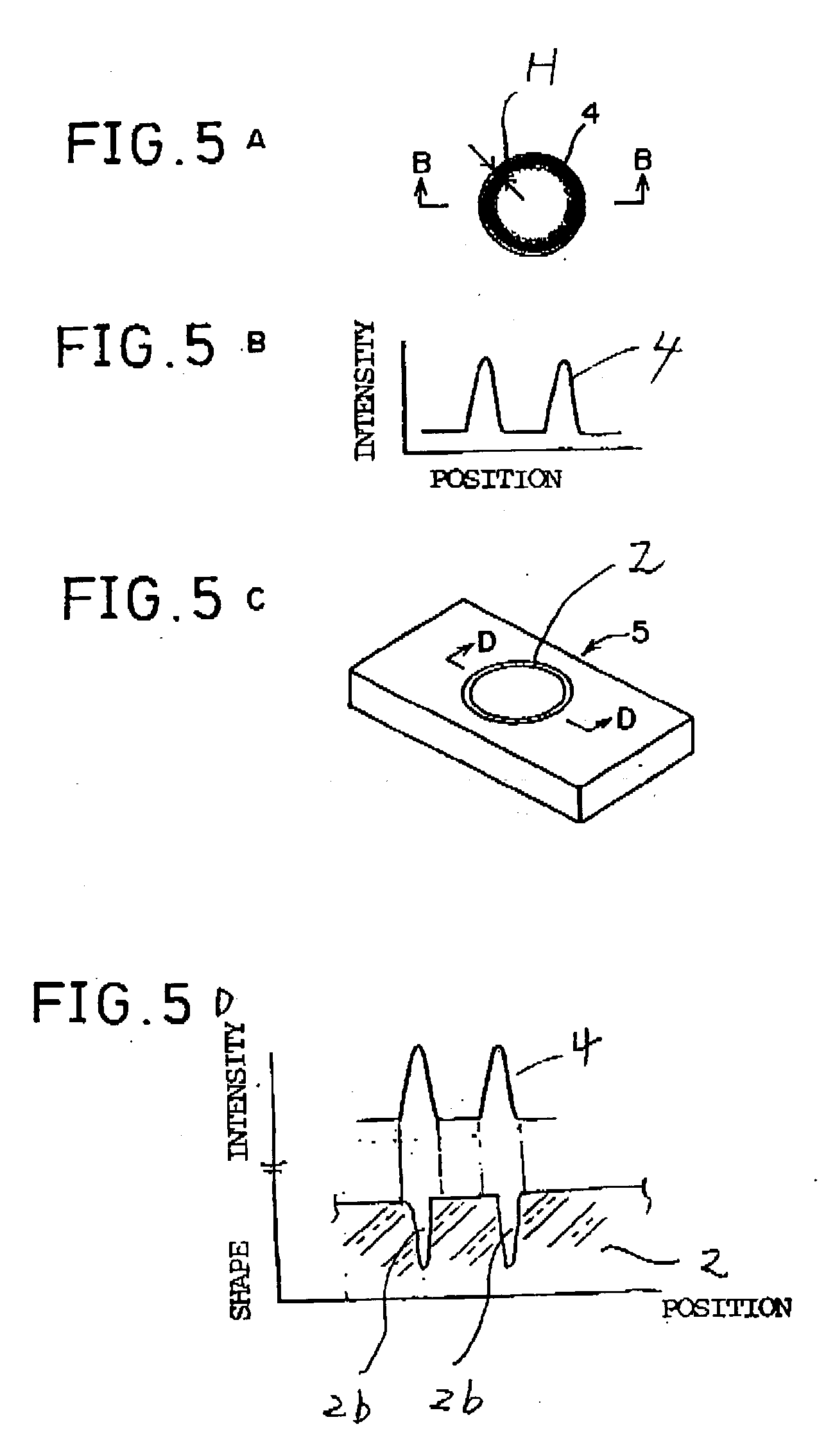Method for processing by laser, apparatus for processing by laser, and three-dimensional structure
processing method, applied in the direction of manufacturing tools, electric/magnetic/electromagnetic heating, conductive material removal by irradiation, etc., can solve the problem of difficult to define a material-removing region smaller than an irradiation region of light on the processing object, complicated process and conventional etching processing method. problem, to achieve the effect of reducing the number of processing steps, and improving the quality of the a technology a three-dimensional structure three-dimensional structure, three-dimensional structure, can solve the problem of three-dimensional structure, the problem of the processing object, the problem of the material removal region of the light-d a three-dimensional structure laser technology, applied in the field of laser processing method, laser processing method, three-dimensional structure, thr
- Summary
- Abstract
- Description
- Claims
- Application Information
AI Technical Summary
Benefits of technology
Problems solved by technology
Method used
Image
Examples
first embodiment
[0071] [First Embodiment]
[0072] FIG. 1 is the exemplary view of a method for processing a three-dimensional structure according to a first embodiment of the present invention, FIG. 2 is the view showing the relationship between position of pore and width of pore in a fine shape processed and formed on a processing object and the intensity distribution of corresponding laser beam for processing.
[0073] In the laser processing method of the first embodiment, a thin film 3 of metal as an absorptive thin film material layer is formed on a surface of a flat glass substrate 2 as the processing object first, as shown in FIG. 1A. Thus, a processing object (processing target) 1 is formed. The metal thin film 3 having high absorption to the laser beam for processing is used. At this point, it is desirable that a film thickness of metal thin film 3 be the order of a length for absorption of laser beam (length for permeability of light).
[0074] Next, laser beam for processing 4 is irradiated onto...
second embodiment
[0110] [Second Embodiment]
[0111] FIG. 5A is the plan view schematically showing the relationship between the irradiation shape of shaped laser beam for processing 4 and the intensity distribution of light. FIG. 5B is the exemplary view of the intensity distribution of light along B-B line. FIG. 5C is the perspective view showing the shape of processing object. FIG. 5D is the view showing the relationship between the micro region, which has been formed on the processing position of processing object by irradiating the laser beam for processing, and light intensity distribution.
[0112] In the second embodiment, laser irradiation light distribution of the laser beam for processing 4 is shaped by lenses, mirrors, a diffraction optical device, an optical mask, and the like, to have the state that the irradiation light distribution in laser beam irradiation region on the processing object has spatial and selective distribution.
[0113] For example, the laser beam is formed into ring beam whe...
third embodiment
[0120] [Third Embodiment]
[0121] FIG. 6A is the perspective view schematically showing the intensity distribution of laser beam for processing 4 used in the third embodiment. FIG. 6B is the perspective view of the three-dimensional structure 5 that has been processed by the laser beam for processing 4 having the intensity distribution in FIG. 6A.
[0122] The beam shape of laser beam for processing 4 is shaped by lenses, mirrors, a diffraction optical device, an optical mask, and the like, to have the linear-shaped beam shape in the laser irradiation region (processing region) on the processing object as shown in FIG. 6A.
[0123] The linear-shaped beam shape can be easily realized by using cylindrical lenses, for example. The shaped laser beam for processing 4 is irradiated on the surface of processing region of the processing object. Thus, as shown in FIG. 6B, a linear-shaped concave portion 2c having a narrower width than the irradiation width of laser beam for processing 4 is formed in...
PUM
| Property | Measurement | Unit |
|---|---|---|
| wavelength | aaaaa | aaaaa |
| thickness | aaaaa | aaaaa |
| pulse width | aaaaa | aaaaa |
Abstract
Description
Claims
Application Information
 Login to View More
Login to View More - R&D
- Intellectual Property
- Life Sciences
- Materials
- Tech Scout
- Unparalleled Data Quality
- Higher Quality Content
- 60% Fewer Hallucinations
Browse by: Latest US Patents, China's latest patents, Technical Efficacy Thesaurus, Application Domain, Technology Topic, Popular Technical Reports.
© 2025 PatSnap. All rights reserved.Legal|Privacy policy|Modern Slavery Act Transparency Statement|Sitemap|About US| Contact US: help@patsnap.com



